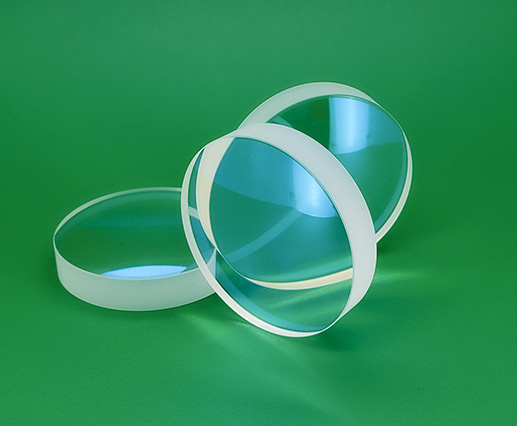Spherical Lenses vs. Cylindrical lenses
Apr. 03, 2024
In the realm of optics, precision and clarity are paramount. Whether you're an optician crafting lenses or a consumer seeking the perfect eyewear, understanding the nuances between cylindrical and spherical lenses is crucial. These two types of lenses serve distinct purposes and cater to different visual needs, making it essential to grasp their differences to make informed decisions.
What are Cylindrical Lenses?
Cylindrical lenses as the name suggests, have a cylindrical shape. Unlike spherical lenses, which are uniform in curvature across their surface, cylindrical lenses have varying curvatures along different axes. This unique design addresses specific vision issues, particularly astigmatism.

Addressing Astigmatism
Astigmatism occurs when the cornea or lens of the eye has an irregular shape, causing blurred vision at certain distances. Cylindrical lenses correct this by providing different focal points along different axes, effectively compensating for the irregularities in the eye's shape. This allows individuals with astigmatism to achieve clearer and sharper vision.
Understanding Spherical Lenses
Spherical lenses are perhaps the most common type of lens and are used in various optical devices, including eyeglasses, cameras, and telescopes. Unlike cylindrical lenses, spherical lenses have a consistent curvature across their entire surface, resembling the shape of a sphere.
Correcting Myopia and Hyperopia
Spherical lenses are primarily used to correct refractive errors such as myopia (nearsightedness) and hyperopia (farsightedness). By bending light rays to focus them directly on the retina, spherical lenses help individuals with these conditions see clearly at various distances.
Key Differences: Cylindrical vs. Spherical Lenses
Shape and Curvature
The most apparent difference between cylindrical and spherical lenses lies in their shape and curvature. Cylindrical lenses have varying curvatures along different axes, while spherical lenses have a uniform curvature across their entire surface.
Purpose
While both types of lenses correct vision issues, they serve different purposes. Cylindrical lenses are specifically designed to address astigmatism by providing multiple focal points, whereas spherical lenses primarily correct myopia and hyperopia by focusing light onto the retina.
Visual Distortions
Due to their cylindrical shape, cylindrical lenses may cause visual distortions, particularly at the edges of the lens. On the other hand, spherical lenses offer more consistent vision without significant distortions, making them suitable for general vision correction.
Choosing the Right Lens for Your Needs
When selecting between cylindrical and spherical lenses, it's essential to consider your specific visual requirements and any underlying eye conditions. Consulting with an optometrist or ophthalmologist can help determine the most suitable type of lens for your needs.
Conclusion
In conclusion, understanding the difference between cylindrical and spherical lenses is essential for navigating the world of optics effectively. While both types of optical lenses play a crucial role in vision correction, they serve distinct purposes and cater to different visual needs. By grasping these differences, individuals can make informed decisions when selecting eyewear or optical devices.
254
0
0
None
None

Comments
All Comments (0)